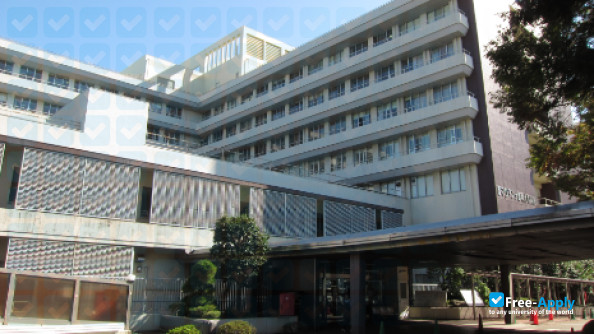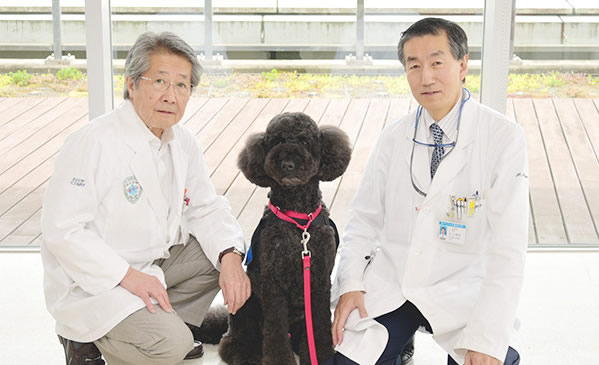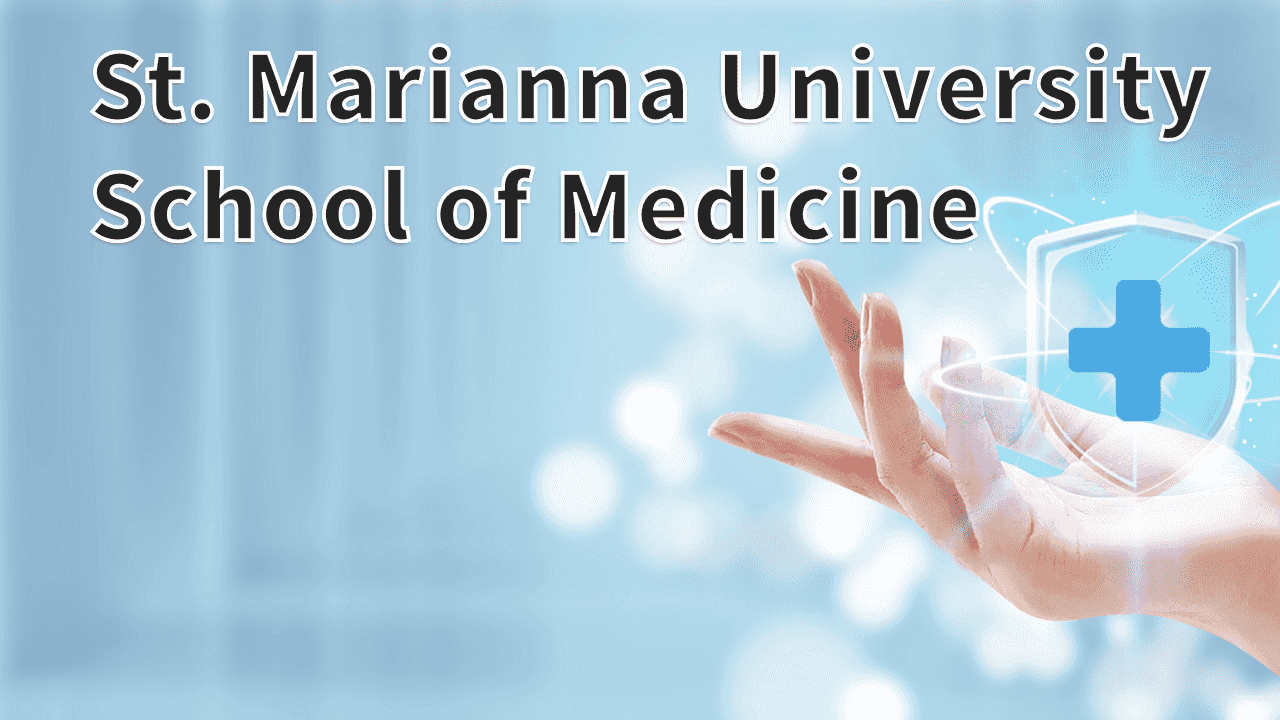St. Marianna's Medical University Hospital Introduction to St. Marianna's Medical University Hospital
St. Marianna's University Hospital, which has been supporting medical care in the northern part of Kawasaki for over 40 years, is based on the spirit of "caring medical care that respects the dignity of life and heals the patient". Based on this philosophy, the hospital has a number of departments to meet the needs of the area.

In addition, various medical facilities have been established to provide advanced medical services, including a life-saving emergency centre that provides round-the-clock medical services.
In 2015, they continued to make ambitious efforts, such as the introduction of animal-mediated therapies. Behind these is the hospital's desire to see as many smiling patients as possible.
In addition, as a university hospital responsible for the training of doctors and medical research, it has an important mission to connect the hopes for the next generation of healthcare services.
In April 2017, hospital director Hiroaki Kitagawa said, "I want to use the connections with alumni active in the area to achieve more healthcare rooted in the region." We asked about the hospital's policy to achieve a high level of contribution to the area and the advanced medical care needed in the future.
What makes St Marianna's University Medical School Hospital unique?
For over 40 years, we would have practised "love of medicine" based on a Christian ethos. It is a university hospital providing advanced medical care, medical education and medical research, as well as being designated as a life-saving emergency centre, a general perinatal maternity centre, a disaster base hospital and more. It has been realised.
It currently has the largest number of beds, 1,208, and offers a wide range of highly specialised medical services, depending on the disease, in 31 medical departments and 16 medical institutions.

This allows smiles to be seen." For example, in the "Children's Art Project" initiated by Dr. Ryoyuki Watanabe, Professor of Gastroenterology and Hepatology at our hospital, hospitalised children can enjoy a bit of hospitalisation by creating art and smiling.
I will continue to provide support so that I can face treatment. An NPO has now been set up and is being used in paediatric departments in other hospitals.
I have heard that animal-mediated therapy is also available here.
Yes, in Japan we go to Kanagawa Children's Medical Centre and Shizuoka Children's Hospital, in addition to our hospital. The standard poodle " Mika" (male) is a working dog at this hospital and has an official staff ID card, which was sparked by the hopes of a child who wanted to be hospitalised early and was introduced to the Japan Guide Dog Association and Service Dogs Japan.

The Association implemented this for two years before it was achieved. Animal Assisted Therapy, known as AAT (Animal Assisted Therapy) in the USA, is used as an adjunct to specialized treatment, and the hospital also helps patients with emotional stability, increased willingness to fight and quality of life (QOL).
